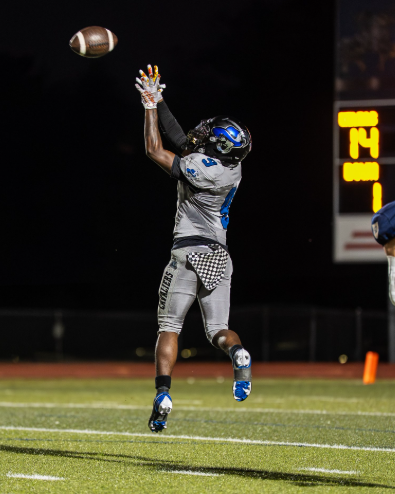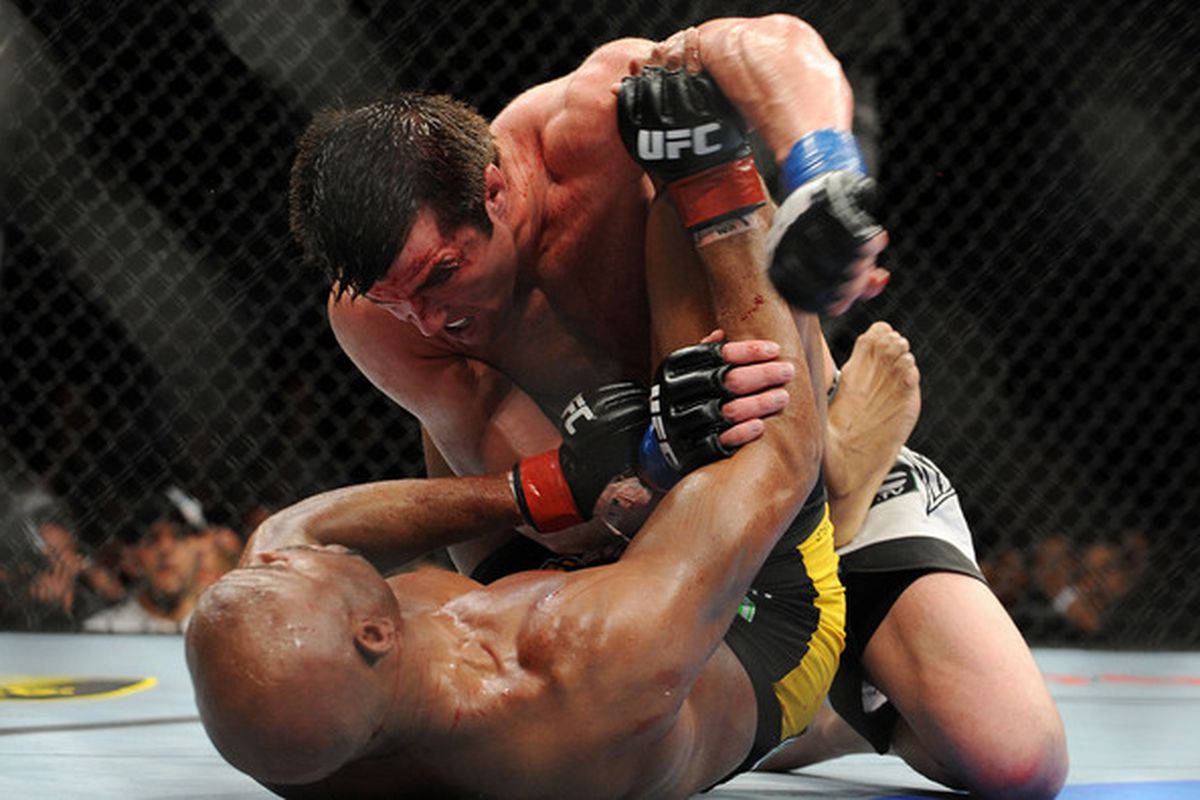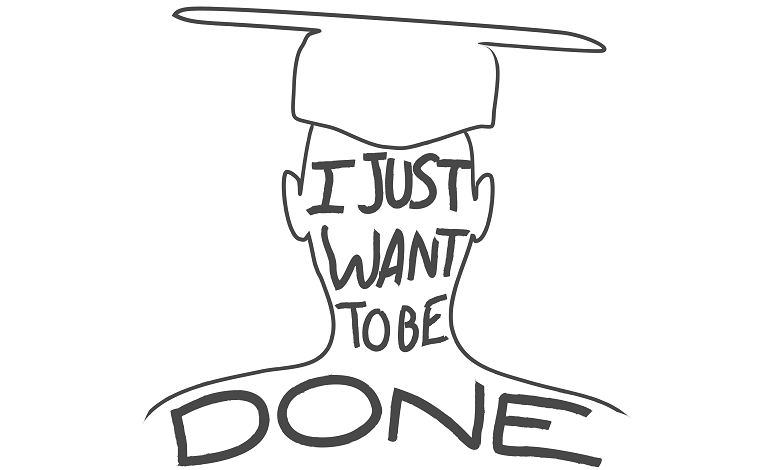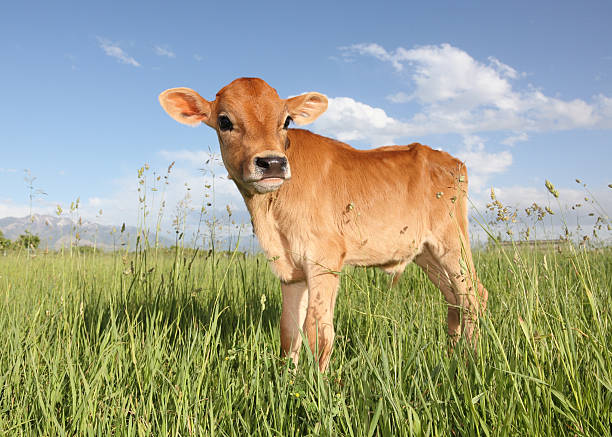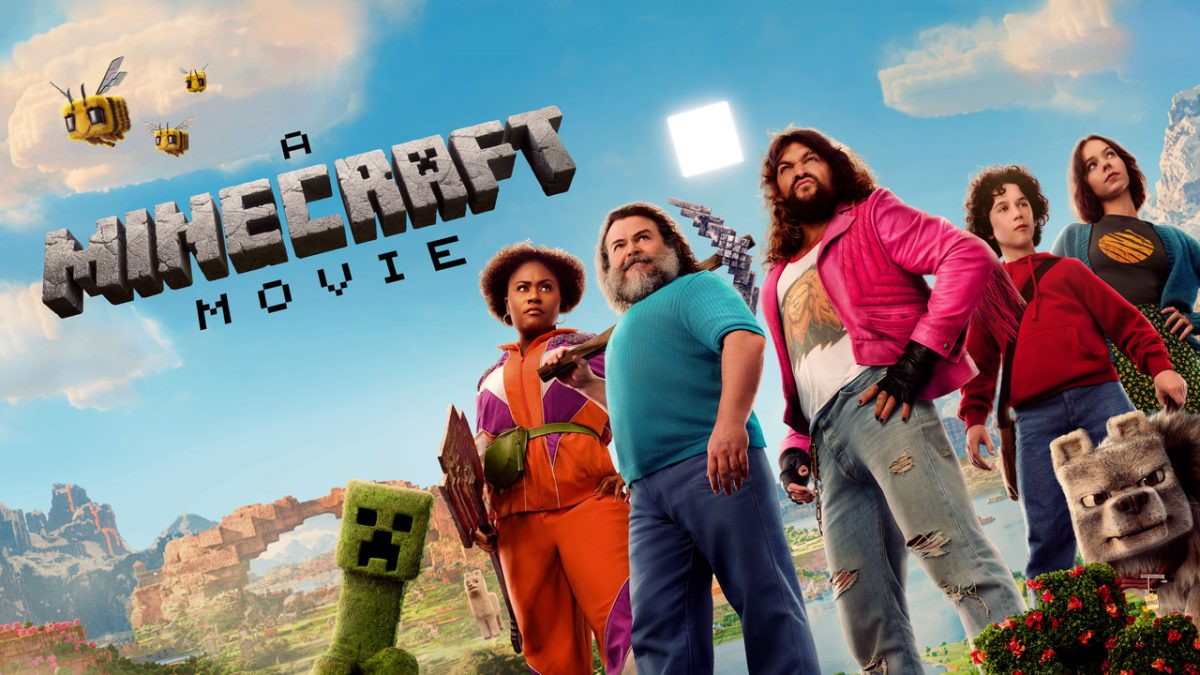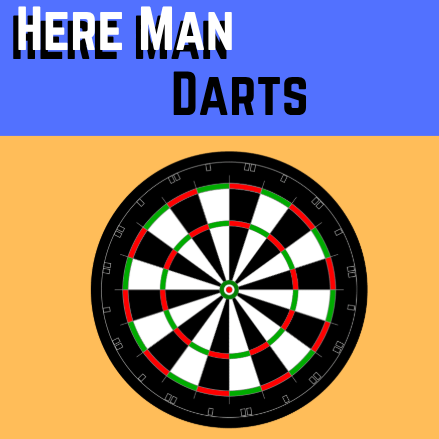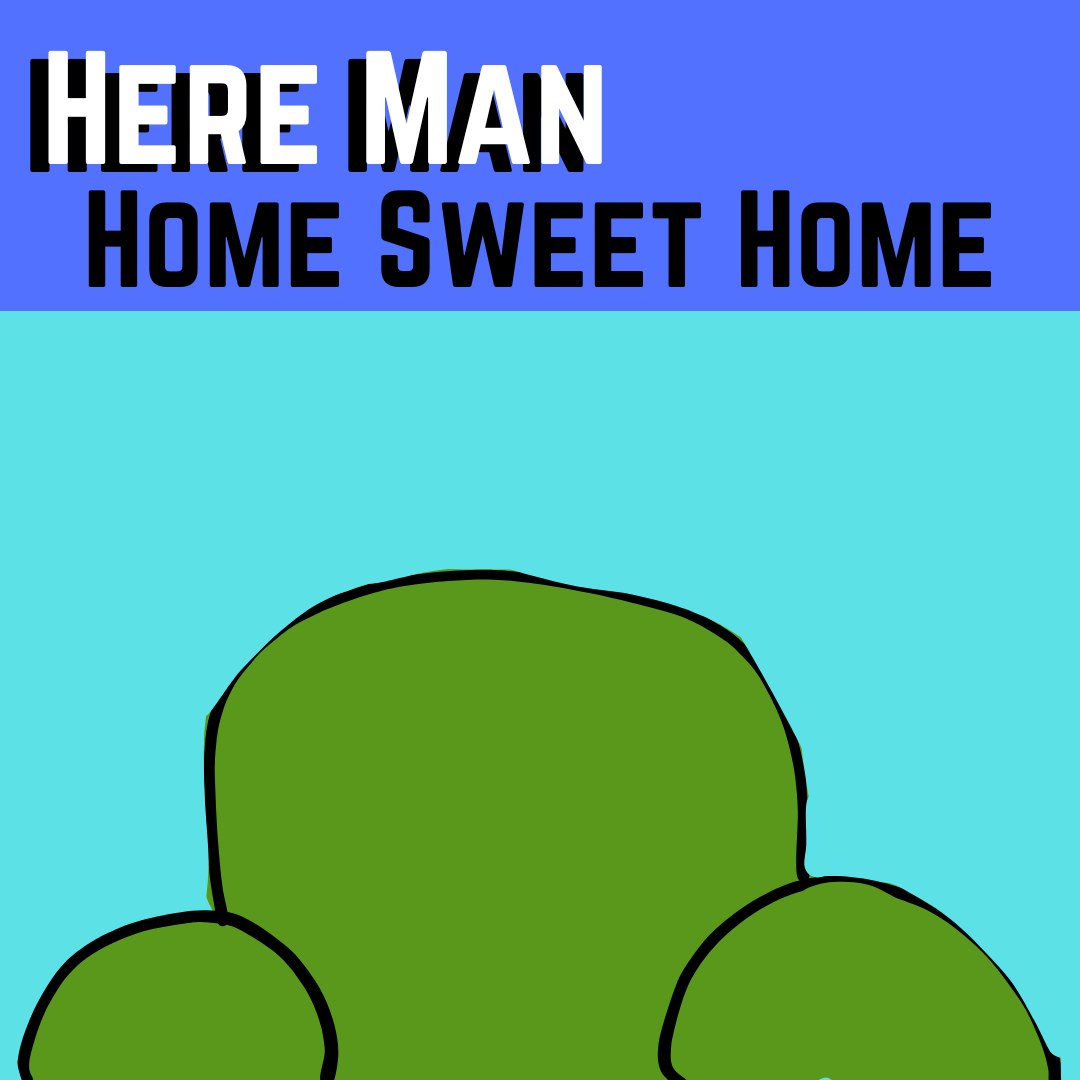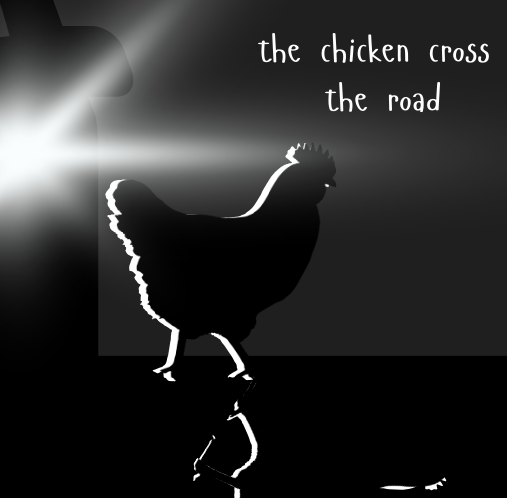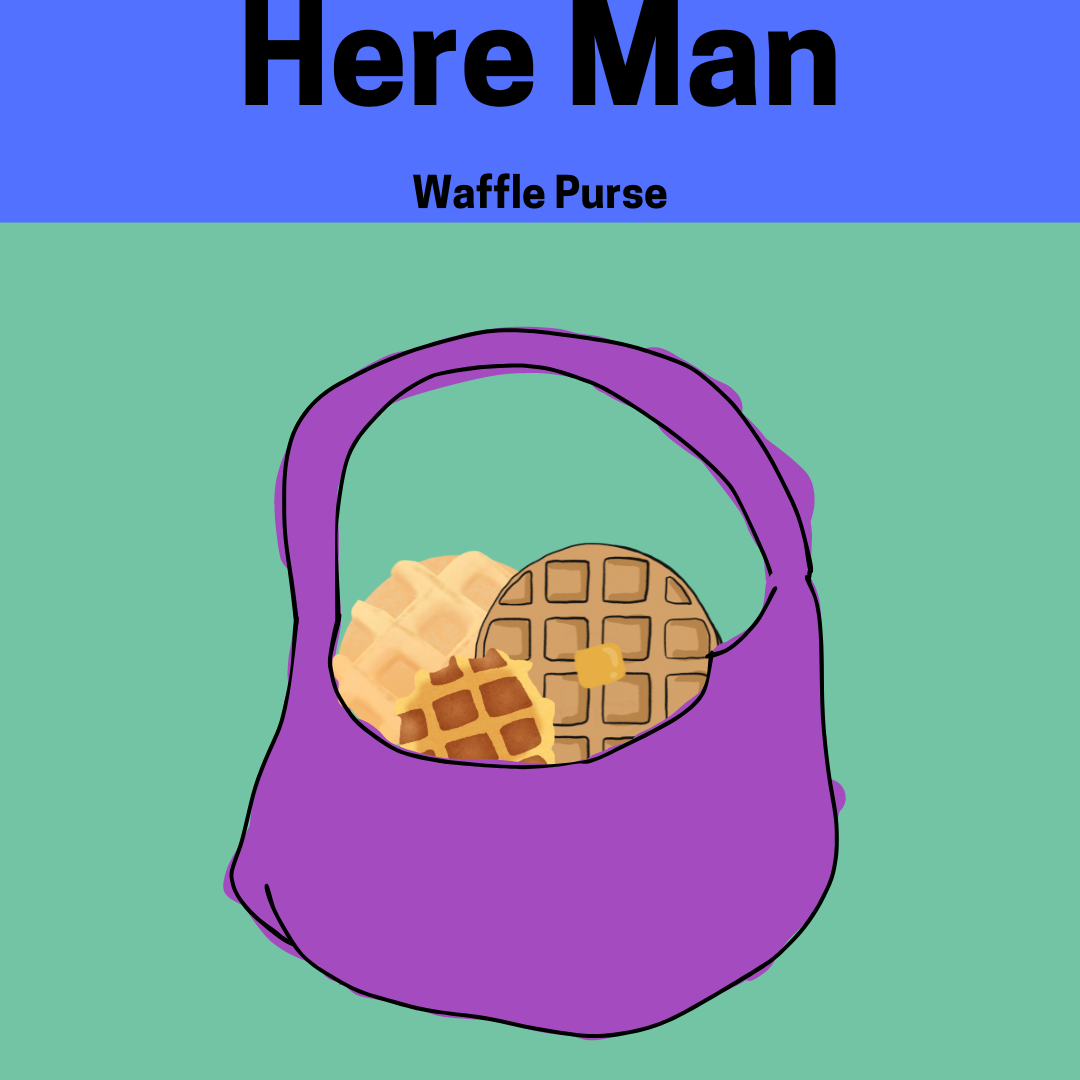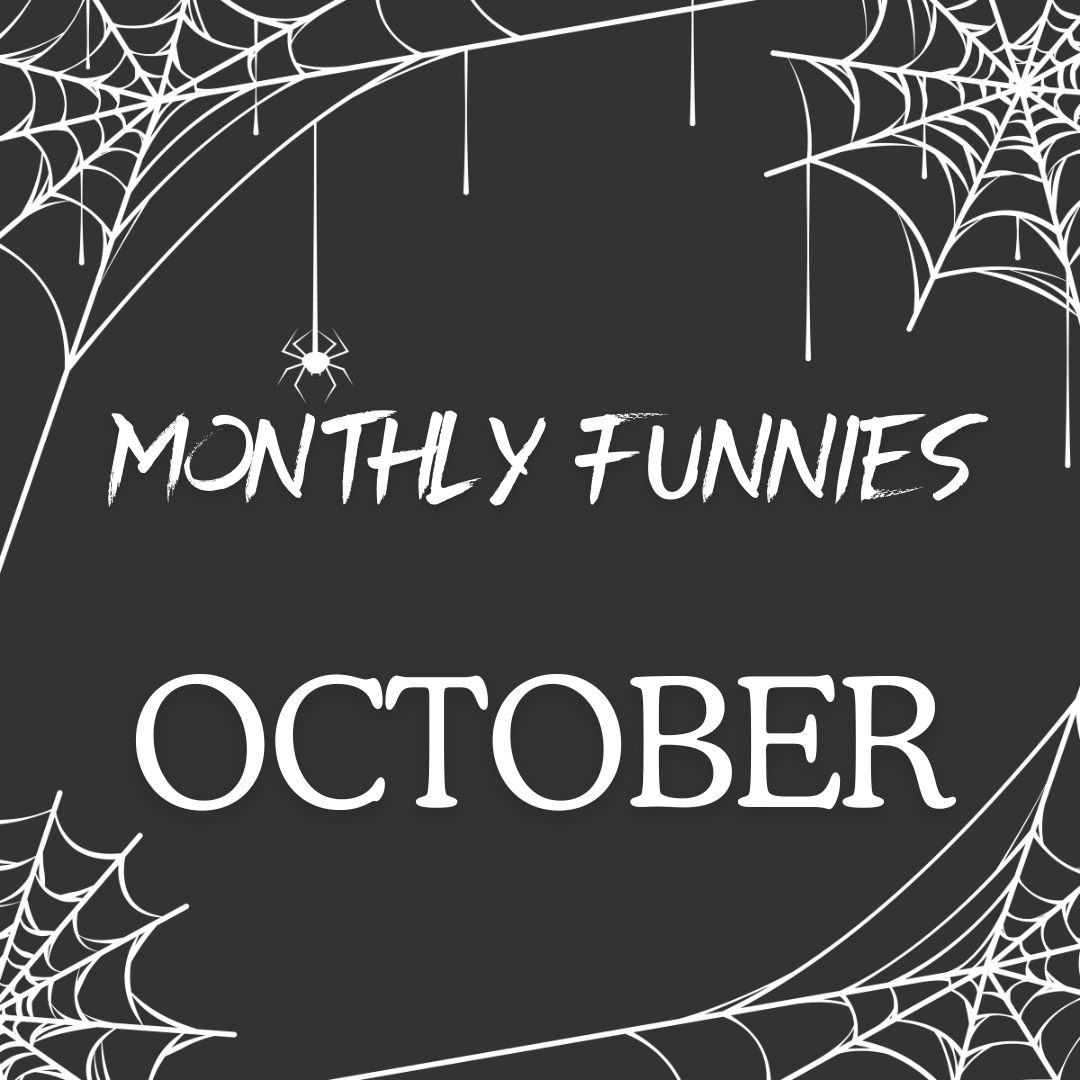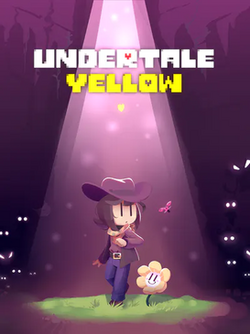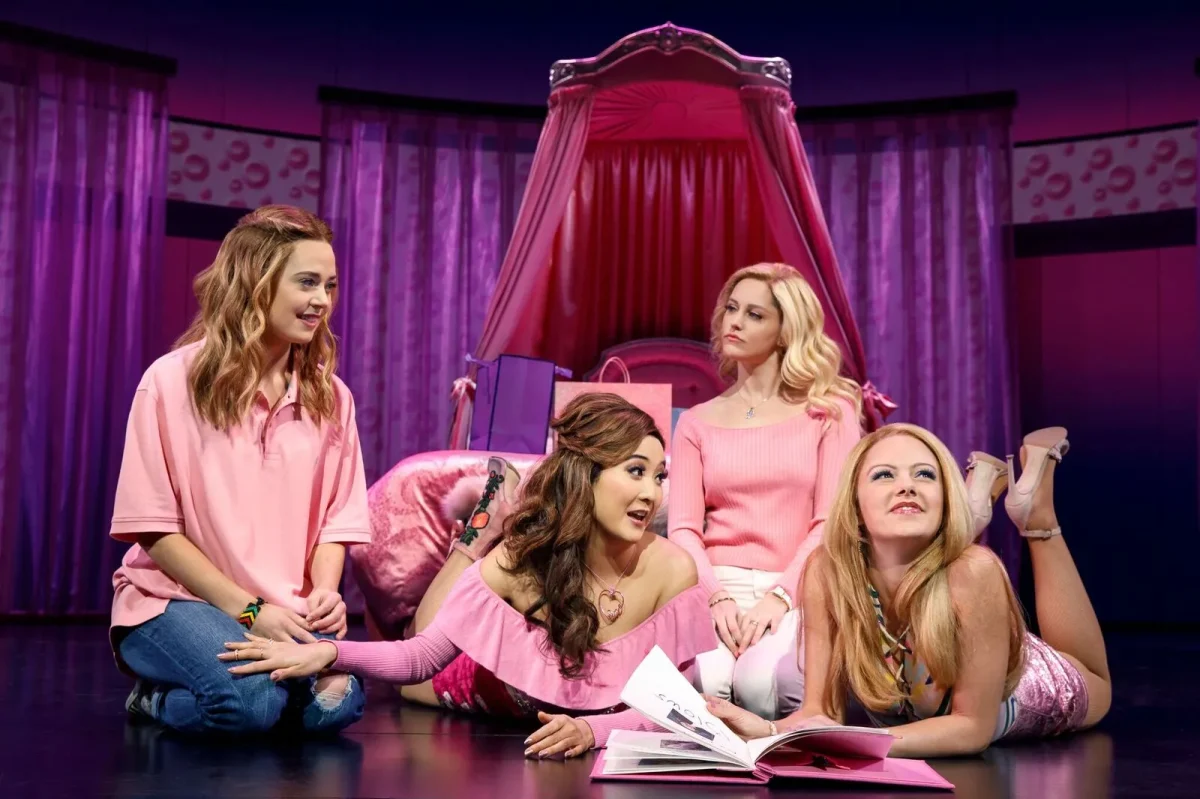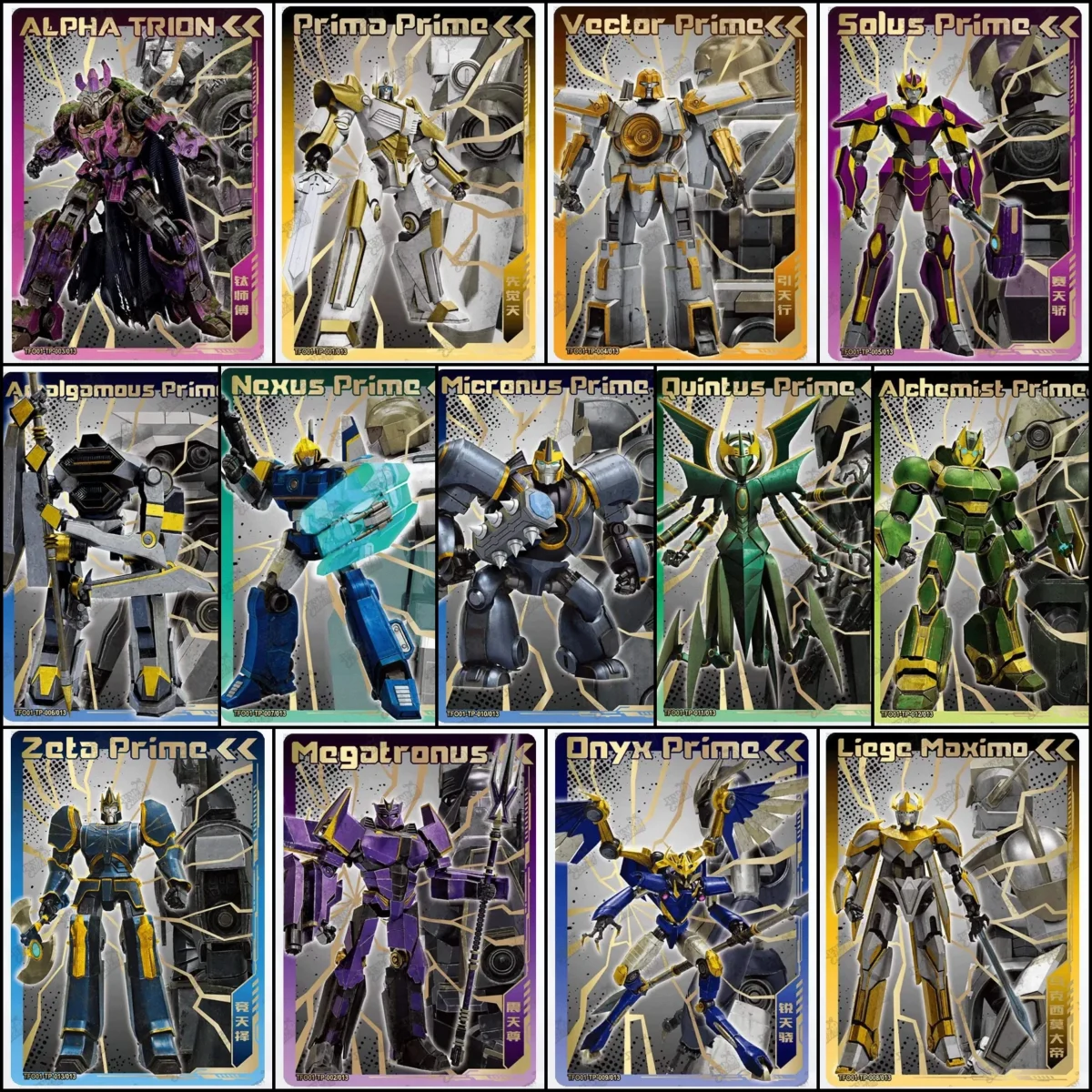Stop motion. What does it mean? Stop motion is a flip book style way of animating videos using photography, strategy, and planning ahead. Stop motion uses photographed frames that are taken in with objects within the frames physically manipulated every frame. Then, the series of frames is played back to show the objects in the frames exhibiting movements by themselves.
“Stop motion animation is an advanced flip-book-style form of animation. It involves photographing and then physically manipulating objects within your frame. As each frame is played in sequence, the technique creates the effect of an object moving itself. Stop motion animation is a technique whose secret lies between each frame of the action.” (“Stop Motion Animation: Everything You Need to Know”)
It may be a comparatively low-budget technique against the cream of the Hollywood crop, but the results speak for themselves in terms of originality, form and style – and with decades of successful “stop-go” animations becoming British daytime TV institutions and Oscar winners alike, stop motion animation is a widely celebrated art form too.
The proliferation of ‘snap-it-and-forget-it’ via digital cameras and smartphones has brought the potential for stop motion into households across the world, but as the 20th century dawned the art form was reserved for those with the budget and time to painstakingly produce it. Beginning with what’s thought to be the very first entry in the genre, The Humpty Dumpty Circus was released in 1898. Creators J. Stuart Blackton and Albert E. Smith used a variety of children’s toys – long before Woody and Buzz arrived on the animated scene – to depict the hidden lives of circus performers.






